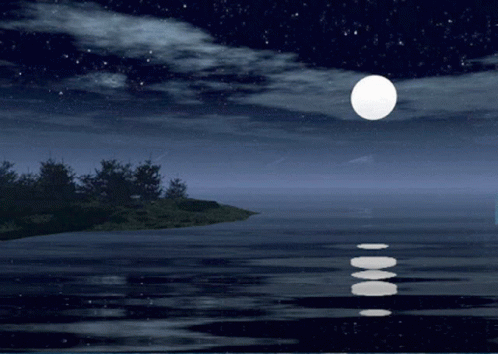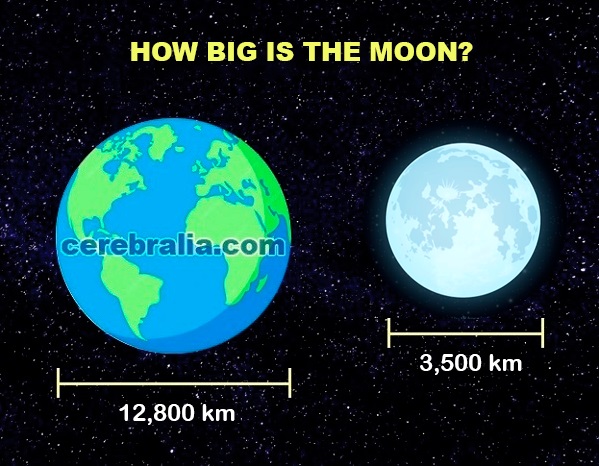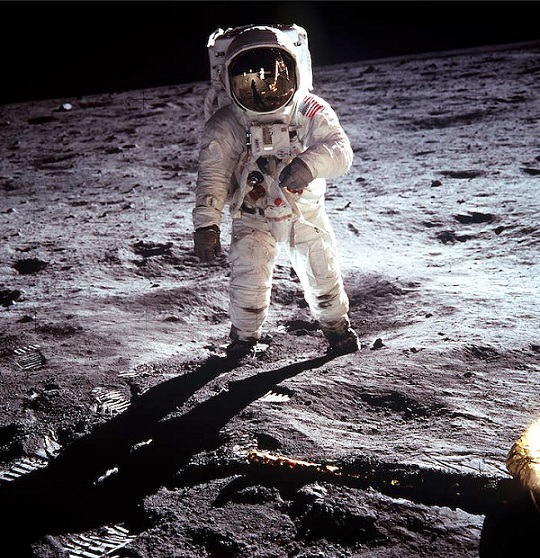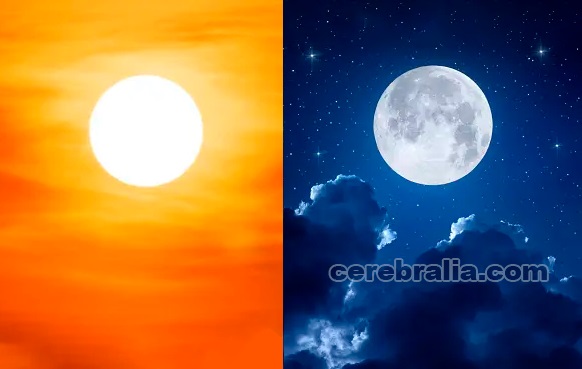Share
How big is the moon?
Earth's only natural satellite is simply called «the Moon» because people didn't know other moons existed until Galileo Galilei discovered four moons orbiting Jupiter in 1610. In Latin, the Moon was called Luna, which is the main adjective for all things Moon-related: lunar.

With a diameter of about 3,500 kilometers (2,100 miles), The Moon is about one-fourth (or a quarter) the size of Earth in width. If Earth were the size of a nickel, the Moon would be about as big as a coffee bean.

10 biggest moons in the solar system
Our moon is the biggest in the solar system relative to the size of its planet, it is the fifth-biggest overall. Jupiter's moon Ganymede is the largest moon in the solar system.
| Rank | Moon | Diameter | Parent planet | |
|---|---|---|---|---|
| miles | kilometers | |||
| 1 | Ganymede | 3,293 | 5,300 | Jupiter |
| 2 | Titan | 3,231 | 5,200 | Saturn |
| 3 | Callisto | 2,983 | 4,800 | Jupiter |
| 4 | Io | 2,237 | 3,600 | Jupiter |
| 5 | The moon | 2,175 | 3,500 | Earth |
| 6 | Europa | 1,926 | 3,100 | Jupiter |
| 7 | Triton | 1,678 | 2,700 | Neptune |
| 8 | Titania | 981 | 1,580 | Uranus |
| 9 | Rhea | 950 | 1,530 | Saturn |
| 10 | Oberon | 932 | 1,500 | Uranus |
How far away is the moon?
Moon's actual distance varies; sometimes the Moon is closer, and other times it is farther away. This variation is due to the Moon's elliptical orbit.
At its closest (perigee), the Moon is 363,104 km (225,623 miles) from the Earth, and the farthest away (apogee) it gets is 405,696 km (252,088 miles).

The Moon is an average of 384,400 kilometers (238,855 miles) away. That means 30 Earth-sized planets could fit in between Earth and the Moon.
The moon is moving further away from Earth
Astronauts from three of NASA's Apollo missions, including Apollo 11, placed special reflectors on the lunar surface that are still used to determine the Moon's distance with extreme precision. In fact, they've revealed that the Moon is moving away from Earth by about 1.5 inches (nearly 4 centimeters) per year.

How long does it take to get to the moon?
It's difficult to give a definitive answer on how long it takes to get to the Moon but it should take just over three days. There are a multitude of factors to account for, including the take-off trajectory, whether the craft is manned or unmanned, choice of propulsion system, and whether it's landing, orbiting, or flying by.

During NASA's Apollo program, the fastest mission was Apollo 8, which took 69 hours and eight minutes to enter the lunar orbit insertion burn. The final Moon-landing mission, Apollo 17, took 86 hours and 14 minutes to reach the Moon.
Why are the Sun and the Moon the same size in the sky?
The diameter of the Sun is 1,390,000 kilometers (864,000 miles). The diameter of the Moon is 3500 kilometers (2100 miles).
The Sun is at an average distance of about 150 million kilometers (93 million miles) away from Earth. The Moon's average distance from Earth is 384,400 kilometers (238,855 miles).

So, the Sun is about 400 times as wide as the Moon and 400 times further away. This makes the two most prominent celestial bodies in our sky look very similar in size from our planet.
When the two elliptical orbits place the Moon and the Sun at just the right distance and orientation relative to the Earth, the two bodies appear the same size and a total eclipse of the Sun occurs.
🥇 Find out more:
✅ The 4 Galilean satellites of Jupiter
✅ 10 biggest Moons in the solar system
✅ Geocentric and Heliocentric models of the Universe

